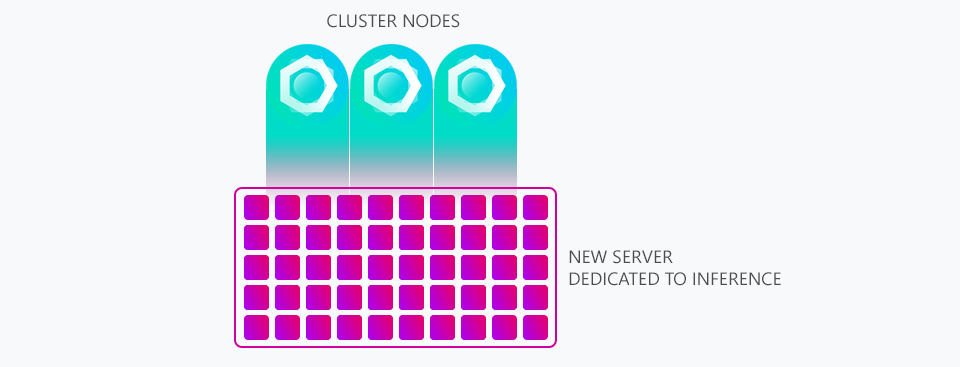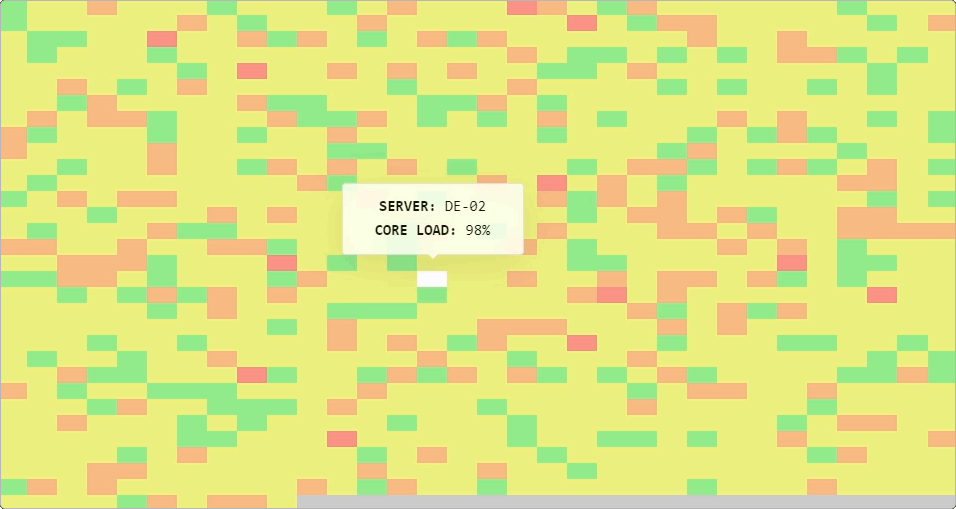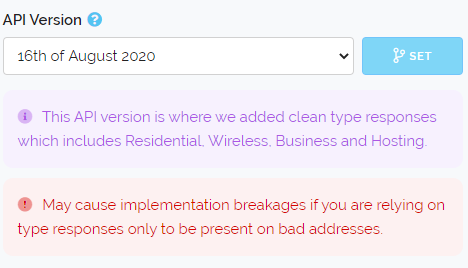
It's hard to believe only 9 months have passed since we introduced our Eos server node and yet we're already introducing another new server node to our cluster.
This year has been filled with difficulties as the world continues to grapple with the COVID-19 pandemic. A result of which has meant more people than ever before have turned to the internet for their communication with loved ones, entertainment, education and work.
As our company helps individuals and businesses protect their infrastructure we too have seen the demand for our services grow. In-fact we broke every record we held this year. Monthly, weekly and daily signup records to the service were easily broken multiple times as were our daily query volume records. We saw record levels of user activity on the website and general enquiries about the service from potential customers increased by an unbelievable volume.
And this is why it's so important to always be continually investing in our infrastructure. The previous blog post to this one explained how we had added multiple high-end servers for post-processing inference so that our proxy detection can continue to be the best available. Today we continue that focus by adding a new high performance server node to our cluster.
Aura is the Titan goddess of the breeze and fresh cool air of the early morning. And it is also now our most powerful server node featuring a high performance AMD Zen2 processor. This is the beginning of a new platform for us, this single server is the equivalent of three of our 1st generation server nodes in raw compute power giving us enormous growing capacity.
It is our intention to replace all our 1st and 2nd generation infrastructure with nodes of this capability and to keep the cluster around 10 servers or less spread out around the globe offering us redundancy against not only individual system failure but also geographic problems such as international fiber optic cable damage. Already we make use of multiple datacenters spread across Europe and we will expand on this as we add more systems to the cluster.
At the moment Aura is in the final stages of provisioning where we perform rigorous tests to make sure it's up to our standards. So far it's looking good and we're expecting Aura to answer its first customer queries starting tomorrow.
Thanks for reading, stay safe and have a great day!





